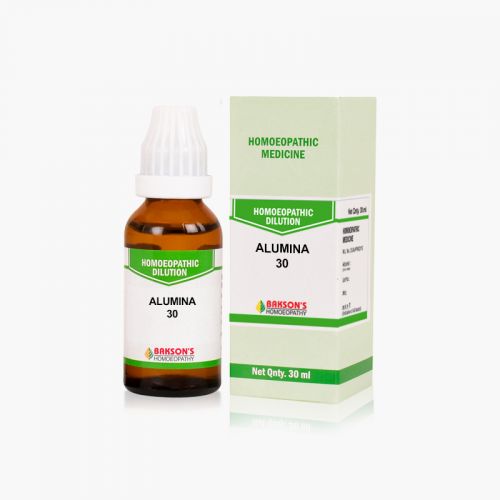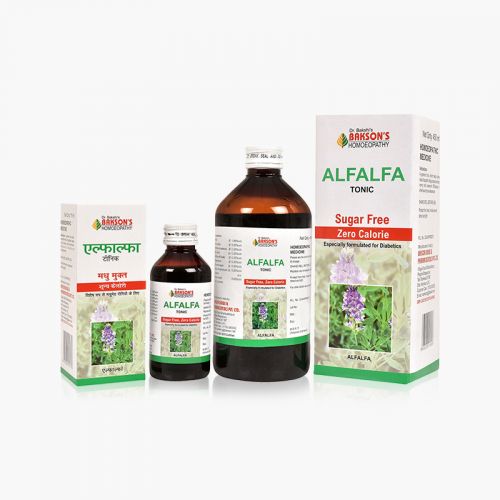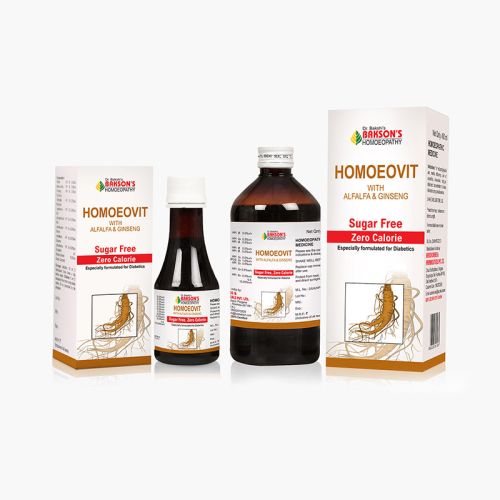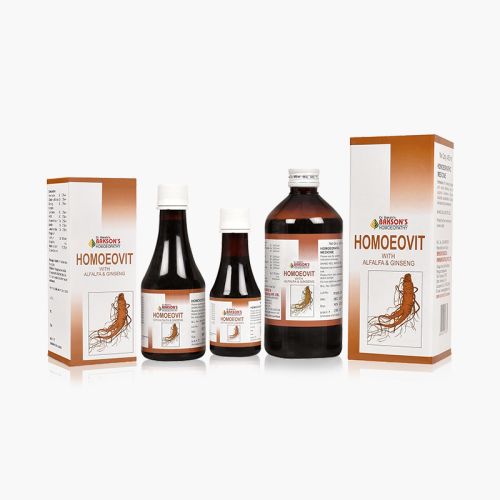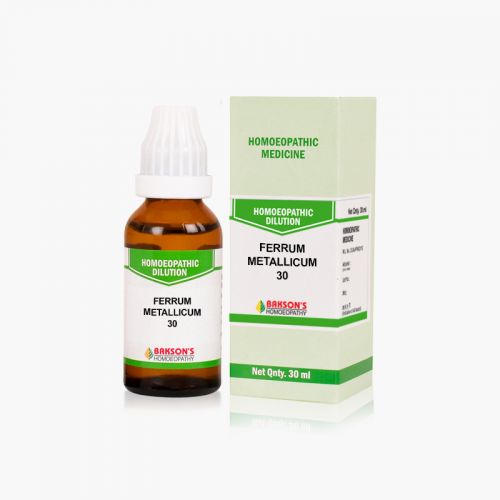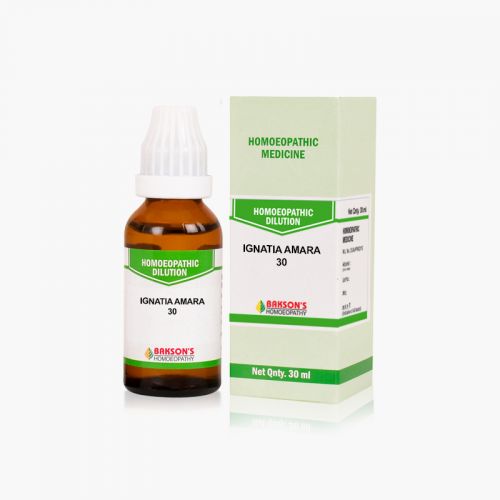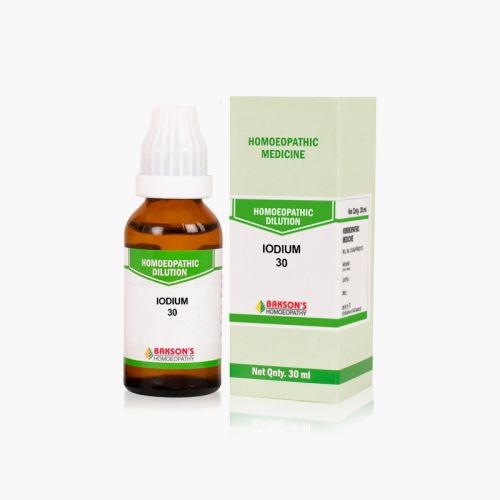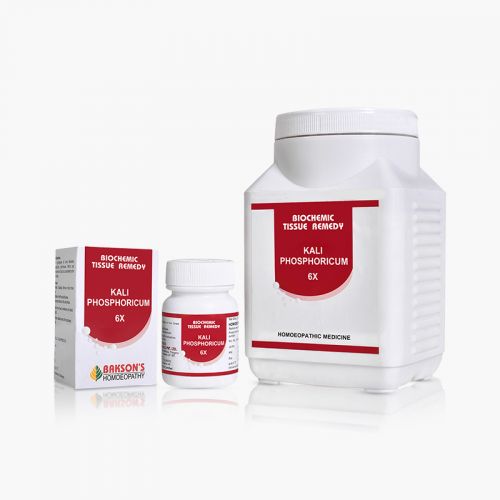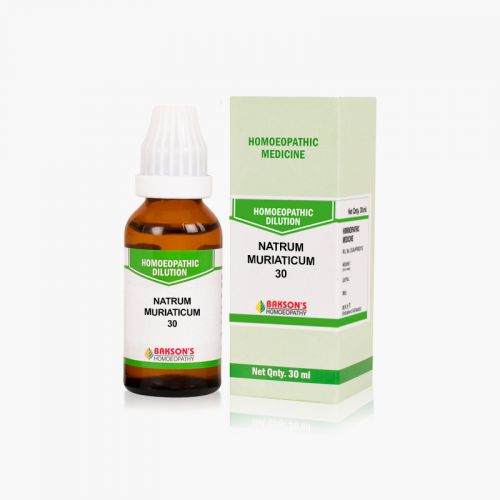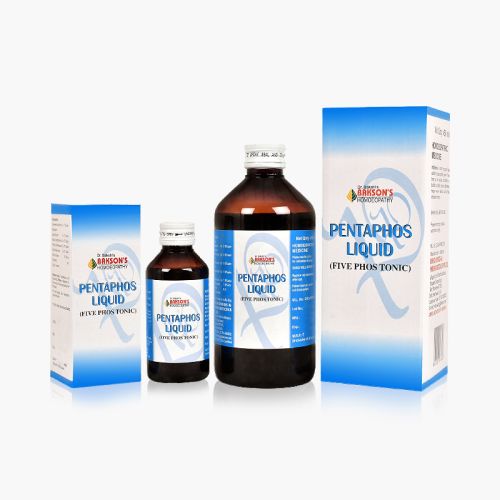We use cookies to make your experience better. To comply with the new e-Privacy directive, we need to ask for your consent to set the cookies. Learn more.
What are Eating Disorders?
Eating disorders are defined as the disruption in the eating behavior with excessive concern about body weight that impairs physical health or psychosocial functioning.
DSM-5 mentions eight categories in feeding and eating disorders:
- Anorexia nervosa
- Bulimia nervosa
- Binge eating disorder
- Avoidant or restrictive food intake disorder
- Pica
- Rumination
- Other specified feeding and eating disorders:
- Purging disorder
- Night eating syndrome
- Atypical anorexia nervosa
- Subthreshold bulimia nervosa and binge eating disorder
- Orthorexia
- Unspecified feeding and eating disorders
Causes
The etiology of eating disorders is multifactorial including the following:
- Biological factors
- Genetics: Twin and adoption studies prove the hereditary role for eating disorders.
- Serotonin plays a significant role in appetite and mood regulation.
- Psychological factors: Perfectionism, impulsivity, novelty-seeking, obsessive-compulsiveness, harm avoidance, and neuroticism are often associated with eating disorders.
- Developmental factors: The early perturbation in childhood development, like childhood sexual abuse, poses a significant risk in developing eating disorders.
- Socio-cultural factors: Cultural preferences for thinness, exposure to western culture that values a slim body for women, and exposure to media promoting such ideas play a major role in increasing eating disorders' prevalence worldwide.
Signs and Symptoms
- Anorexia Nervosa: usually develops during adolescence and occurs more in women than men. It is characterized by features like being extremely underweight , intense fear of gaining weight, a distorted body image, including denial of being seriously underweight, persistent compensatory behaviors to avoid gaining weight and a preoccupation with food and weight. Anorexia nervosa is of 2 types: In the Restricting type, individuals lose weight through fasting or excessive exercise. In the Binge eating/purging type, individuals binge on large amounts of food and purge after that by self-induced vomiting, laxative/diuretic usage.
- Bulimia Nervosa: generally starts in late adolescence or early adulthood and is characterised by eating substantial amounts of food in a short period, loss of control during binge eating, followed by compensatory behavior to prevent weight gain like forced vomiting, laxatives/diuretics usage, restricted eating, or excessive exercise and a fear of gaining weight despite weighing normal range.
- Binge Eating Disorder (BED): is the most common eating disorder that usually begins in adolescence. It is characterized by eating enormous amounts of food in a short period, accompanied by loss of control during binge-eating behavior and there is no restriction on eating or use of purging behaviors to compensate.
- Avoidant or Restrictive Food Intake Disorder (ARFID): usually occurs during the first seven years of life and can even persist into adulthood. It can occur due to loss of interest in eating, intense dislike for specific tastes, smells, texture, or colors. ARFID impairs social function and inhibits the individual from eating with others and causes underweight and micronutrient deficiency.
- Pica: is characterized by craving for non-food items like soil, chalk, soap, paper, ice and hair. It is common among pregnant women, children, and intellectually disabled persons. It poses a risk for parasitic infections, micronutrient deficiency, intestinal obstruction, and heavy metal poisoning.
- Rumination Disorder: is an eating disorder in which an individual regurgitates the previously swallowed food, chews it again, and then swallows it or spits. It is a voluntary action that happens within 30 minutes after having the food. Rumination developed in infancy usually resolves by 12 months. It can lead to weight loss or even malnutrition.
- Other Specified Feeding and Eating Disorder (OSFED):
- Purging disorder is characterized by the purging behaviors like vomiting, excessive exercising, using laxatives or diuretics to control weight.
- Night eating syndrome is characterized by overeating, often after awakening from sleep.
- Atypical anorexia nervosa is similar to anorexia nervosa except for BMI in the adequate range of 20-25 kg/m²or higher.
- Subthreshold bulimia nervosa.
- Orthorexia: There is an obsessive focus on healthy eating. Individuals with orthorexia may eliminate entire food groups, fearing they are unhealthy.
Diagnosis
Proper history taking and examination is done to diagnose eating disorders along with some lab investigations such as Complete blood count, Electrolytes, renal function test, and liver function tests, Thyroid function tests, Urine analysis, Electrocardiogram, and Chest radiograph.
Management
Treatment involves psycho-behavioral therapies like Enhanced Cognitive Behaviour Therapy (CBT-E), Family-based treatment (FBT), and Interpersonal psychotherapy. Nutritional Therapy is also opted for.
It is crucial to educate patients and families about the course, prognosis, and management of eating disorders.
Warning: Above information provided is an overview of the disease, we strongly recommend a doctor's consultation to prevent further advancement of disease and/or development of complications.
Disclaimer: The information provided herein on request, is not to be taken as a replacement for medical advice or diagnosis or treatment of any medical condition. DO NOT SELF MEDICATE. PLEASE CONSULT YOUR PHYSICIAN FOR PROPER DIAGNOSIS AND PRESCRIPTION.
- ALUMINA 30₹ 100.00
-
-
- BAKSON HOMOEOVIT SUGAR FREEAs low as ₹ 96.00
-
- FERRUM METALLICUM 30₹ 100.00
- IGNATIA AMARA 30₹ 100.00
-
- NATRUM MURIATICUM 30₹ 100.00
-
- PENTAPHOS LIQUID SUGAR FREEAs low as ₹ 104.00




